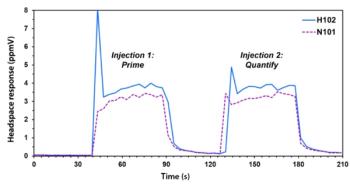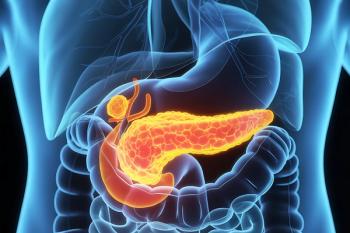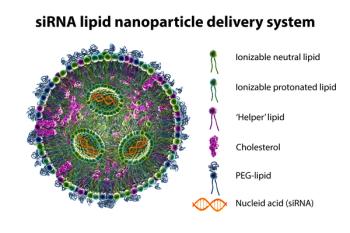
- October 2022
- Volume 18
- Issue 10
- Pages: 9
Breath Analysis Benchmarks Using GC–IMS
Researchers from “The Peppermint Initiative” have published their first results using GC–IMS supporting its use in breath analysis and beginning the process of standardization of breath analysis methods.
Researchers from “The Peppermint Initiative” have published their first results using gas chromatography–ion mobility spectrometry (GC–IMS) supporting its use in breath analysis and beginning the process of standardization of breath analysis methods (1).
The study of volatile organic compounds (VOCs) in exhaled breath has been on‑going since in the 1970s, with many exhaled compounds being proposed as potential biomarkers. However, the variation in reported values is large—sometimes as high as a factor of 1000. While variability between individuals can account for some of this variation, sampling and analysis methods must also contribute heavily, adding further weight to the argument that standardization is crucial for further development and translation of breath research into clinical and deeper-research applications.
To address this issue, the International Association for Breath Research has developed the Peppermint Initiative, an international multi-centre benchmarking study seeking to provide a set of comparative data establishing a peppermint background before using a standardized dose of peppermint-oil and scheduled breath sample collections for six hours onwards. The most recent work published uses GC–IMS and the established protocols to provide benchmark values for the peppermint experiment.
The study reported five “peppermint experiments” with GC–IMS to provide benchmark peppermint washout data for this technique and support its future use in breath‑testing, analysis, and research. A total of 148 samples were analyzed, with 35 ancillary tests used to evaluate the results. Twelve IMS responsive compounds were identified with eucalyptol, β-pinene, α-pinene, and limonene being the most abundant. Of those, eucalyptol proved to be the most intense exhaled peppermint-oil component, and as such, it was selected as a peppermint marker for benchmarking GC–IMS. The responses obtained by all centres provided traceable exponential washout profiles within detectable concentration levels and within a given timescale.
Interestingly, 80% of participants showed consensus in regards to the maximum exhaled concentration of eucalyptol; however, the remaining 20% showed either delayed or complex elimination profiles. This suggests some unknown factors, such as food intake and/or the effect of age, sex, race/ethnicity, or body mass, could be influencing results. The team have committed to a future study to investigate the implications of such phenotypic variability.
Overall, the benchmarking study showed how a peppermint experiment may be used with GC–IMS in different operational settings. Further studies are required to verify these preliminary benchmarks and investigate the previously mentioned phenotypic variations.
For a detailed description of the peppermint experiment, please read the introductory paper Henderson et al. (2).
References
- D.M. Ruszkiewicz et al., J. Breath Res. 16, 036004 (2022).
- B. Henderson et al., J. Breath Res. 14 046008 (2020).
Articles in this issue
about 3 years ago
Trends and Developments in Data Handling 2022about 3 years ago
Do Small Leaks in Your Gas Chromatography System Matter?about 3 years ago
Peter Schoenmakers Wins ACS Award in Chromatographyabout 3 years ago
Civica Invests $27.8 Million for a New Testing Facilityabout 3 years ago
Scitara Announces Partnership With Agilentabout 3 years ago
Vol 18 No 10 The Column October 2022 Europe & Asia PDFabout 3 years ago
Vol 18 No 10 The Column October 2022 North American PDFNewsletter
Join the global community of analytical scientists who trust LCGC for insights on the latest techniques, trends, and expert solutions in chromatography.





